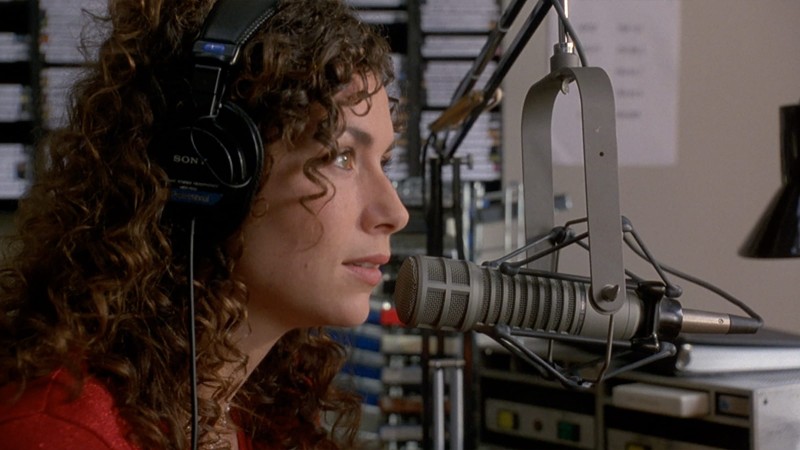’Toon Time: A Q&A with Wes Anderson

Wes Anderson’s surprising latest endeavor, the stop-motion Roald Dahl adaptation Fantastic Mr. Fox, is out in theaters now and garnering terrific reviews. We thought we’d catch up with our friend and ask him some questions about this charming labor of love, which he answered while shuttling by train between New York and Boston to promote the film.
The Life Aquatic with Steve Zissou incorporates animation, and others of your films (Rushmore, The Royal Tenenbaums) have the texture and framing of comic strips come to life. What made you turn to all-animation now?
Well, I’ve been thinking about doing an animated movie for about ten years—since before we made The Life Aquatic or The Royal Tenenbaums, in fact. Henry Selick was the animator of the stop-motion sequences in Life Aquatic because he and I were already working on putting together Fantastic Mr. Fox. We met when I approached him about that film. Stop-motion has always had a special, sort of magical appeal for me. There is nothing else quite like it. The form itself has enormous charm. I was looking for material to do in stop-motion, sort of like the way you might want to find certain material that would allow you to work with a certain actor.
How did you find your way to the Dahl story?
This one found its way to me! My mother bought me the book at the St. Francis book fair [in Austin] when I was maybe seven. And I have kept this same copy on my shelves wherever I’ve lived ever since. It made a great impression on me and introduced me to the work of one of my favorite writers during my childhood—and still a favorite of mine today.
You recruited quite a cast—George Clooney, Meryl Streep, Michael Gambon, Willem Dafoe, and old favorites Bill Murray, Jason Schwartzman, and Owen Wilson. How did you find directing actors in performances that are strictly voice work, especially since you often use actors so visually?
One thing I enjoyed was recording the cast together on a friend’s farm in Connecticut. It was kind of like being at summer camp. We made sort of documentary recordings of the voices on location. With an animated movie, the voices come first, and the animators bring in part two of the performances. It’s sort of a collaboration between the actors and the animators.
We know you’re always watching movies when preparing new films. What were you watching for Fox?
We looked at Le roman de Renard by Wladyslaw Starewicz in particular—but also Harryhausen films and the Rankin/Bass TV specials and Watership Down and The Plague Dogs. But more than anything with this movie, I’ve been inspired by Miyazaki’s films and others from Studio Ghibli.
It’s interesting that all those animated films are analog. Do you feel there’s something missing, emotionally or visually, in the all-CGI animated films that are so popular today?
I don’t know if there’s anything missing! I love the Pixar movies, for instance. But I do find myself more drawn to the analog ones. Stop-motion is about as old-fashioned as you can get. I think it probably boils down to: I like old things.
Now that you’ve made, among other things, an animated film, a Jacques Cousteau–inflected adventure, and a coming-of-age tale, what new formats or genres are you going to try next?
That’s a good question, but I don’t think I have the answer yet. Oddly, I think the next one might combine everything you have listed.




